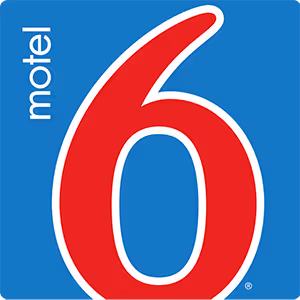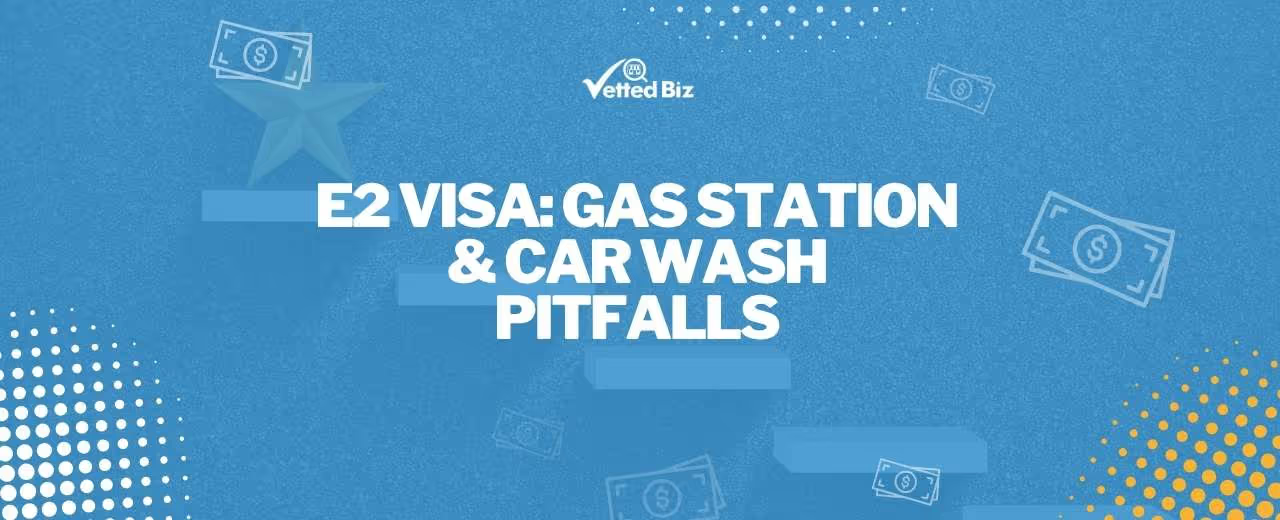Motel 6 provides professional cleaning and janitorial services for commercial and residential clients. The franchise offers customized cleaning programs with trained staff and quality control systems.

Key Insights
- Motel 6 began with a vision to provide simple, clean, and affordable lodging for travelers, evolving into a recognized brand known for its straightforward approach to hospitality across North America. This founding principle continues to shape its operations and guest experience.
- The franchise operates a model focused on delivering essential lodging services with a consistent, predictable experience for guests seeking value. This operational framework allows for efficient management and brand standardization.
- The business is part of the broader economy lodging sector, an industry characterized by its responsiveness to travel trends and consumer demand for accessible accommodation options.

Franchise Fee and Costs to Open
Exploring the financial picture of Motel 6 gives insight into both the upfront commitment and the potential revenue opportunity. According to FDD Item 7, opening this franchise typically involves an investment in the range of $6,251,265 - $8,239,350, along with a franchise fee of $41,300 - $41,300.
Financial Performance and Revenue
Training and Resources
Motel 6 provides comprehensive training for new franchisees. This program includes an initial training period of two weeks, conducted at their corporate offices. Franchisees also receive access to a wealth of operational resources and ongoing support. The franchisor offers a detailed operations manual and recommends utilizing their established best practices to guide their establishment's management.
Legal Considerations
Legal considerations for a Motel 6 franchisee are outlined in the Franchise Disclosure Document (FDD) and the Franchise Agreement. Note that this franchise discloses lawsuits and/or bankruptcy information in its FDD, which may impact your evaluation. Subscribe now to access more details and be sure to consult a qualified attorney before proceeding.
Challenges and Risks
Operating a Motel 6 franchise presents several considerations. A franchisee might navigate intense local market competition from other budget-friendly lodging options. The operational complexity involves managing staffing, property maintenance, and guest services efficiently to meet brand standards. Reliance on specific supply chains for cleaning supplies, linens, and operational equipment also warrants attention to ensure consistent availability and quality.



